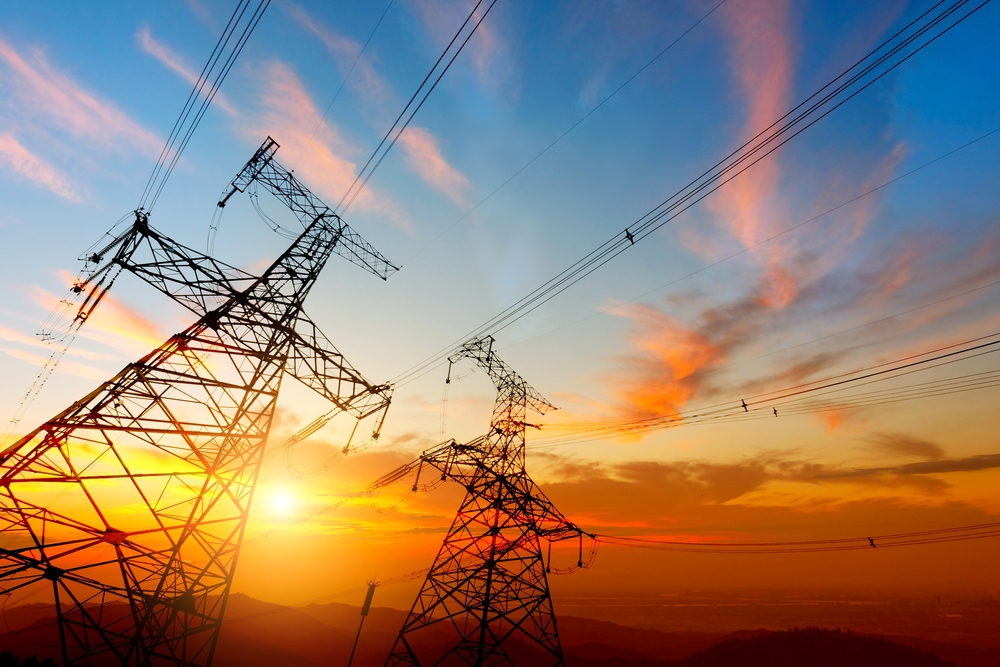

China is already building, or has approved, more than half of a $100 billion network of high-voltage power lines to connect remote energy producing regions to the east coast, a top official at the state grid firm told Reuters. The project has been controversial with critics arguing the State Grid Corporation of China (SGCC), the world’s biggest utility, is betting too much on costly and untested technology that could expose the system to black outs.
The state grid will spend 620 billion yuan ($100 billion) by 2017 on 20 ultra-high voltage (UHV) lines spanning nearly 20,000 km (12,000 miles), said Zhang Zhengling, deputy director of development and planning at the firm. Some analysts have previously put the cost of the upgrade as high as $250 billion. Zhang said 4,633 km of the lines, which are designed to minimise energy loss during transmission, had been completed and another 6,400 km was now being built.
He said local governments had given the go-ahead for studies to be made for the remaining 8,734 km of the project ahead of approval by China’s planning agency, the National Development and Reform Commission (NDRC). SGCC has lobbied hard for approval but a source at the NDRC said last year that regulators remain cautious.
Zhang Guobao, NDRC’s former energy chief, said in a TV interview this month that a dispute over UHV “had not yet been settled”. Zhang said he believed the government had full confidence in UHV. The technology would help government efforts to commercialise energy sources in the northwest and southwest, as well as reduce environmental pressures along the industrialised eastern coast, he said.
“People say it is immature, and three years ago maybe they were right, but now it isn’t really true — our pilot project has been running for over four years without a single hitch.” Zhang rejected claims that UHV could raise blackout risks, saying the grid was designed to prevent outages. He also said reports suggesting the total cost of the project could be more than double SGCC’s estimate were based on misunderstandings.
The world’s No. 2 economy has struggled to expand its grid to keep up with power demand growth, which has exceeded forecasts. Most of China’s new energy supplies are located in the far west, while demand is in the east and south. The UHV lines would allow China to build power plants near coal mines or gas fields before sending electricity rather than coal across country. This would free up rail capacity and could reduce the need for coal and gas imports.
By 2017, the company aims to connect 210 gigawatts of capacity in the west to markets in the east, triple the current rate and involving the transmission of 1.2 trillion kilowatt-hours of power a year across huge distances, Zhang said. He said UHV could deliver four to five times more power than traditional power lines, and was also more reliable, with much less lost during transmission. The lines also required less space, a crucial advantage in China where land is scarce.
China’s strategy aimed at improving air quality in the east involves constructing coal and power production bases in inland regions, delivering power instead of coal. With China also planning to cut coal use around Beijing, Shanghai and Guangdong, the onus will be on the grid to deliver more power, Zhang said. He said UHV would allow China to take advantage of renewable energy sources in western regions like Yunnan and Tibet.
“Without UHV, renewables can’t find a market. The local population cannot use that much power and it must be delivered through grids, and it is so far away that we can only use UHV.”
Gallagher Re has shed light on the significant challenges insurers face when providing coverage for…
The Australian government will disburse AUD 1.7 million (USD 1.1m/EUR 1m) in grant funding to…
GlobalData’s latest report, ‘Asia Pacific Renewable Energy Policy Handbook 2024’ is among the latest region-specific…
The electrical generation market is facing a number of challenges, including the need to increase…
Nuclear energy has emerged as a prominent player in Asia's energy landscape, offering a reliable…
The pursuit of a low-carbon future has gained significant momentum globally, and Asia stands tall…